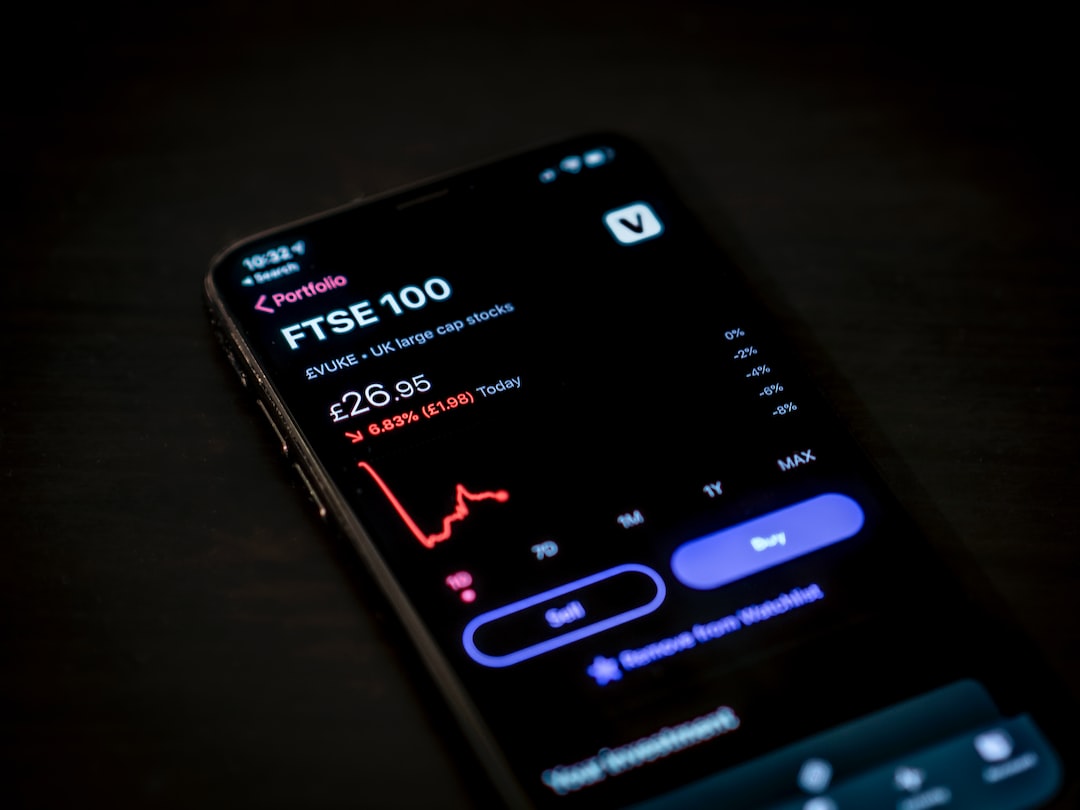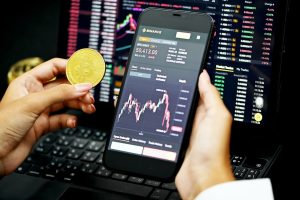Forex trading, also known as foreign exchange trading, is the buying and selling of currencies on the foreign exchange market. It is the world’s largest financial market, with an average daily turnover of over $5 trillion. In recent years, forex trading has become increasingly popular among retail investors, thanks to the availability of online trading platforms and the ease of access to information and analysis tools.
So, where is forex trading going in the near future? Here are some possible trends that could shape the future of forex trading:
1. Increased use of automation and AI
One of the biggest trends in forex trading is the increased use of automation and artificial intelligence (AI). Many traders are now using automated trading systems, also known as expert advisors (EAs), to execute trades based on pre-defined rules and algorithms. These systems can analyze vast amounts of data and make decisions in real-time, which can lead to more efficient and profitable trading.
AI is also being used to develop more sophisticated trading strategies. Machine learning algorithms can analyze patterns in market data and identify potential opportunities and risks. This can help traders make better-informed decisions and improve their overall performance.
2. Integration with blockchain technology
Another trend that could shape the future of forex trading is the integration with blockchain technology. Blockchain is a decentralized ledger that can be used to securely record and verify transactions. By using blockchain technology, forex trading could become more transparent, secure, and efficient.
For example, blockchain technology could be used to create a decentralized forex exchange that eliminates the need for intermediaries and reduces transaction costs. It could also be used to create smart contracts that automatically execute trades based on pre-defined conditions.
3. Expansion of emerging market currencies
As the global economy becomes more interconnected, emerging market currencies are likely to play a bigger role in forex trading. These currencies, such as the Chinese yuan, Indian rupee, and Brazilian real, are becoming increasingly important in international trade and investment.
As more investors look to diversify their portfolios and take advantage of opportunities in emerging markets, the demand for these currencies is likely to increase. This could lead to more volatility in the forex market, as well as new opportunities for traders.
4. Increased regulation
Finally, one trend that is likely to continue in the near future is increased regulation of the forex market. In recent years, regulators around the world have been cracking down on fraudulent and unscrupulous forex brokers and traders.
This trend is likely to continue, as regulators seek to protect investors and maintain the integrity of the financial system. While increased regulation may make it more difficult for some traders to operate, it could also lead to a more stable and trustworthy forex market in the long run.
In conclusion, forex trading is likely to continue to evolve and adapt to changing market conditions and technological advancements. Traders who stay up-to-date with these trends and are willing to embrace new technologies and strategies are likely to be the most successful in the years ahead.





